From a young age, Goldsworthy spent his weekends and summers working on a farm near his home in Yorkshire, England. He found himself drawn to the meditative quality of manual tasks like plowing and building haystacks.
From a young age, Goldsworthy spent his weekends and summers working on a farm near his home in Yorkshire, England. He found himself drawn to the meditative quality of manual tasks like plowing and building haystacks. These seasons working in close contact with the land instilled in Goldsworthy a lifelong connection with nature, later influencing his artist working methods. Goldsworthy studied at Bradford College of Art in 1974 and Preston Polytechnic in Lancaster from 1975 to 1978. While in school he discovered that he preferred to work outdoors with found materials, rather than within a traditional studio space; this process prompted his experimentation with photography as a means to document his work for classes. Remarks Goldsworthy: “One day in first year I went out to the beach and dug things, made lines, and the tide came in and washed it away. I learned more about the tide, the sand, the texture, I learnt so much in that couple of hours. And I shifted to working outside. I didn’t really go back in again.”
Goldsworthy’s works are distinctive by their ephemeral quality. They are subject to the forces of nature, whether that be water, wind, sun, decomposition, or the changing seasons. Often, Goldsworthy does not pre-plan his pieces, opting instead to respond to what is given in the present moment and create an artwork based on the environment. Yet he must also plan his timing carefully: he might get to work very early in the morning to avoid melting a sculpture made from icicles, or choose a particular window of time to work by the seaside at low tide. By tailoring his designs and methodology to their locations, Goldsworthy works in dialogue with nature.
Goldsworthy’s working practice is perhaps best exemplified by his cairns– tall cones of stacked stones and other materials standing guard over lakes, forests, roads, and various sites. He describes the cairns as markers of places on his journey to which he feels special attachment. Likening the rounded shape of the cairns to seeds, Goldsworthy constructs these “seeds” by making an initial ring of stones, then stacking additional rings on top, getting wider and then narrower until they close at the top point of the cone. No binding material is used to hold the cairns together – just gravity and careful interlocking of the stones. In the 2001 documentary Rivers and Tides, Goldsworthy notes: “When I make a work, I often take it to the very edge of its collapse, and that’s a very beautiful balance.” He often goes through five or six failed attempts before finding a successful arrangement of the stones, but he does not allow frustration or impatience to impede his process. He describes the trial-and-error as a learning process wherein he gets to know the stone and the earth beneath it, improving his understanding of the material with each successive attempt. By the time he reaches a successful finish, he has become very familiar with the qualities of the natural world around him.
Goldsworthy’s relationship with the land is at its heart driven by a desire to learn about and communicate with the natural world. Notably, Goldsworthy argues against creating a distinction between the urban world of humanity and that of nature. In his eyes, humans are just as much a part of nature as any other living being. He believes that to understand nature, we cannot overlook ourselves and our own role in the dynamics of the living world. “We often forget that we are nature. Nature is not something separate from us. So when we say that we have lost our connection to nature, we’ve lost our connection to ourselves.” With this in mind, Goldsworthy endeavors to reach a spiritual understanding with humanity’s friends in the natural world, making connections with stones, earth, water, ice, leaves, and trees through his artistic process: “Art for me is a form of nourishment. I need the land. I need it. I want to understand that state, and that energy that I have in me that I also feel in the plants and in the land.” – Andy Goldsworthy in Rivers and Tides
Top image: Andy Goldsworthy in “Leaning Into the Wind.” Credit: Thomas Riedelscheimer/Magnolia Pictures

